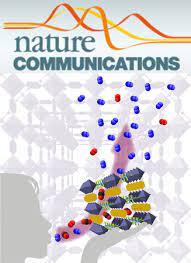Nat Commun. 2023 May 17;14(1):2824. doi: 10.1038/s41467-023-38527-0
Higher-order epistasis shapes natural variation in germ stem cell niche activity
Sarah R Fausett1,2, Asma Sandjak#,3, Bénédicte Billard#,3, Christian Braendle4
Affiliations
1Université Côte d’Azur, CNRS, Inserm, IBV, Nice, France.
2Department of Biology and Marine Biology, University of North Carolina Wilmington, Wilmington, NC, USA.
3Université Côte d’Azur, CNRS, Inserm, IBV, Nice, France.
4Université Côte d’Azur, CNRS, Inserm, IBV, Nice, France.
#Contributed equally.
Abstract
To study how natural allelic variation explains quantitative developmental system variation, we characterized natural differences in germ stem cell niche activity, measured as progenitor zone (PZ) size, between two Caenorhabditis elegans isolates. Linkage mapping yielded candidate loci on chromosomes II and V, and we found that the isolate with a smaller PZ size harbours a 148 bp promoter deletion in the Notch ligand, lag-2/Delta, a central signal promoting germ stem cell fate. As predicted, introducing this deletion into the isolate with a large PZ resulted in a smaller PZ size. Unexpectedly, restoring the deleted ancestral sequence in the isolate with a smaller PZ did not increase-but instead further reduced-PZ size. These seemingly contradictory phenotypic effects are explained by epistatic interactions between the lag-2/Delta promoter, the chromosome II locus, and additional background loci. These results provide first insights into the quantitative genetic architecture regulating an animal stem cell system.

DOI: 10.1038/s41467-023-38527-0

